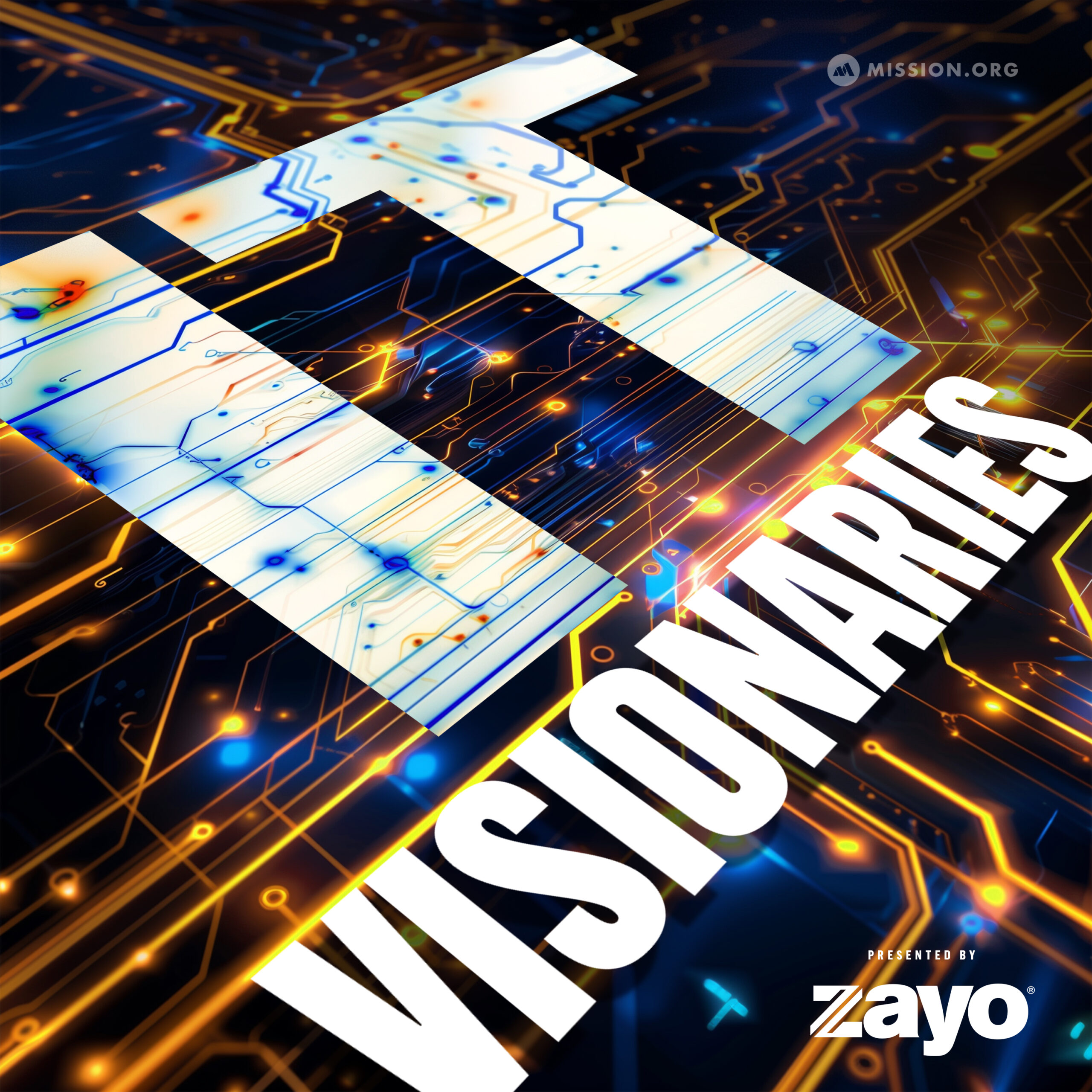Or listen in your favorite podcast app
Apple Podcasts / Google Podcasts / Stitcher
The way that technology has expanded throughout the last decade has been impressive. And that expansion is set to continue. As we move into the future, we can expect that technology will be used in more ways than ever before, including for things like image-recognition. Zineb Laraki, the Deep Learning Senior Product Manager at Salesforce, is helping to build out that technology and more, which she says could change the way people work. She explains on this episode of IT Visionaries.
Most excited about: “What matters to me most is impact. I really enjoy thinking about the future of society and what it can be. And for me, my job is really thinking about how can we make everyone’s life better so that it’s less where we’re all doing very mundane things in our lives. How can we streamline and automate those so we can do more fulfilling things?”
Key Takeaways:
- The tech behind image-recognition
- Why understanding the scope of a project is important
- The ethics of image capture and the future of image-recognition technology
Zineb’s work in technology
Growing up, Zineb’s father was an early adopter of technology, so she had access to computers at a young age. She was interested in the technology and carried that interest into college and onward in her career. Today, she works at Salesforce on computer vision and natural language processing. She and her team are pushing the boundaries of A.I. and working on bringing new technologies to customers and the world at large. She gives an example of working on a computer vision project that would use drones to identify when and where sharks were in the water in California. That information can then be relayed automatically to lifeguards, biologists, marine scientists, and more, which can help conservation efforts, create new jobs, and provide new information and a sense of safety all at the same time.
“We focused on democratizing A.I., making it very easy and accessible so that any customer without necessarily having a team of data scientists or the whole infrastructure is able to deploy and use these models.”
The tech Zineb works on
Salesforce does not want its customers to worry about how the technology they are creating works. Instead, they just want to build trust with their customers so that they know whatever Salesforce puts out will work and make life easier. But on the backend, making that happen is a challenge. One of the ways that Zineb and her team do their work is through the use of a convolutional neural network, which analyzes visual imagery based on a number of variables and feedback loops. That is simplified for the customer, who can just tap into the application and then build on it in a model that works for them whether it’s image classification or some other task.
“All customers have to do is upload their data, click a button and then their model is trained and then we provide them model metrics. Basically, we help them understand how well their model is performing so that they can improve it. And then once they’re happy with it, they can integrate it into their application. We focus on really lowering the bar so that anyone can train these models specifically for their use cases.”
The challenges of image-recognition projects
Zineb says that correctly scoping the project you embark on is key. People often have high expectations when they really should be understanding the limitations of the technology and working patiently to get to the end result they need. Zineb stresses that people working on image-recognition shouldn’t put the cart before the horse, but instead remember the basics and that will lead to success.
“The hard part isn’t the AI, the hard part is actually scoping the projects correctly and resourcing them.”
“If a human can’t do it, likely you won’t get a computer to do it. Starting with the basics is very important. And then making sure at the very beginning of the project that you’re setting up, your goals very clearly, resourcing the project very clearly and setting your milestones and timelines.”
Where image-recognition technology is headed
Currently, training computers on the image-recognition models is very time-consuming. Zineb and her team at Salesforce are working on ways to shorten the time it takes and the number of examples a computer needs in order for the computer model to work accurately and reliably. They are also offering end-to-end solutions to problems using a combination of technology, rather than focusing solely on giving customers one tool or gadget that can only be used for a specific task.
There are many value-adds with this technology. Zineb says depending on which sector of business you work in, you can use image-recognition in different ways. She gives examples of inventory review, OCR or optical character recognition, which will aid in data entry, and others. All of these use cases will open the door for workers to do more high-value tasks that only humans can do, such as build relationships with customers.
“You can think about computer vision as the ability to turn unstructured data into structured data that you can then run analytics on top of. And so you now can gain insights where you couldn’t really before.”
“A lot of the innovation that’s coming out of our team is driven by customer demand.”
The ethics of image capture
Zineb says that keenly looking at the ethics of using the technology is one of the most important things they do at Salesforce. They also build a transfer of those ethics into their products so that when customers are using them, they are incentivized to do so ethically.
“A lot of what we do is making A.I. very accessible for our customers to build their own models. And so a lot of our responsibility is making sure that we train them to understand the consequences and tend to draw incentive into the models that they’re building so that they can make the right decisions.”




